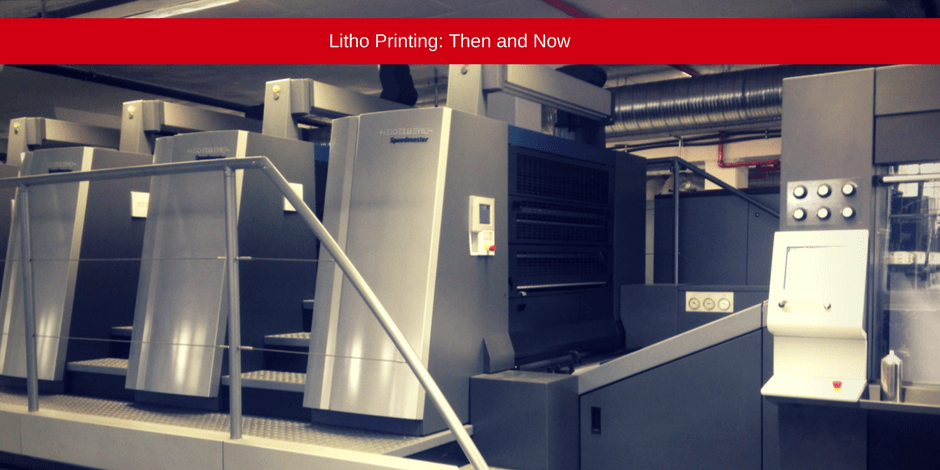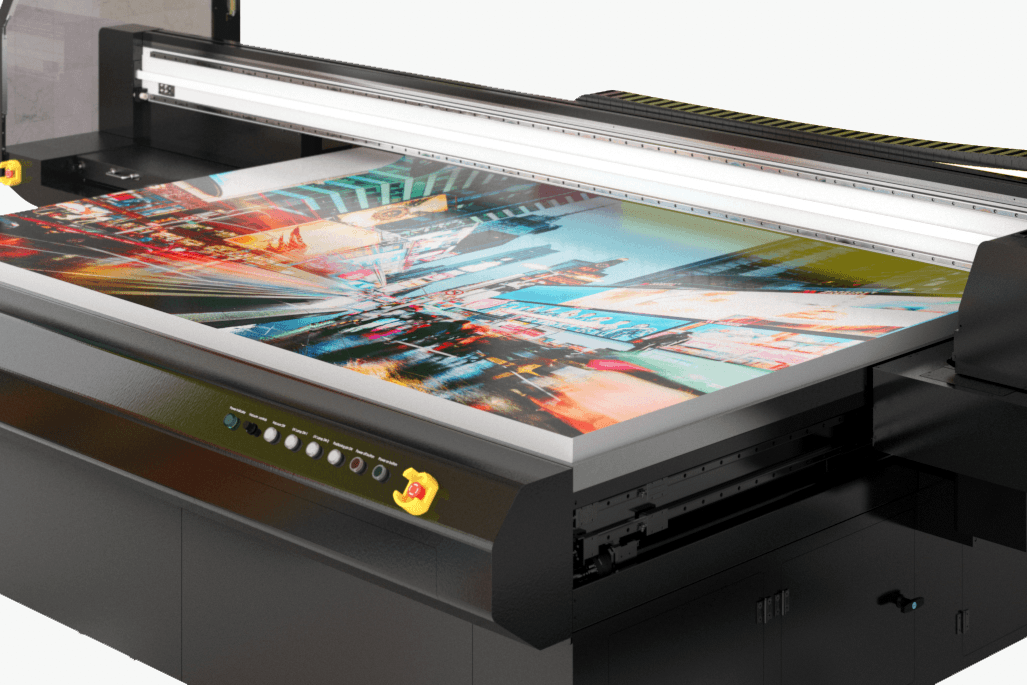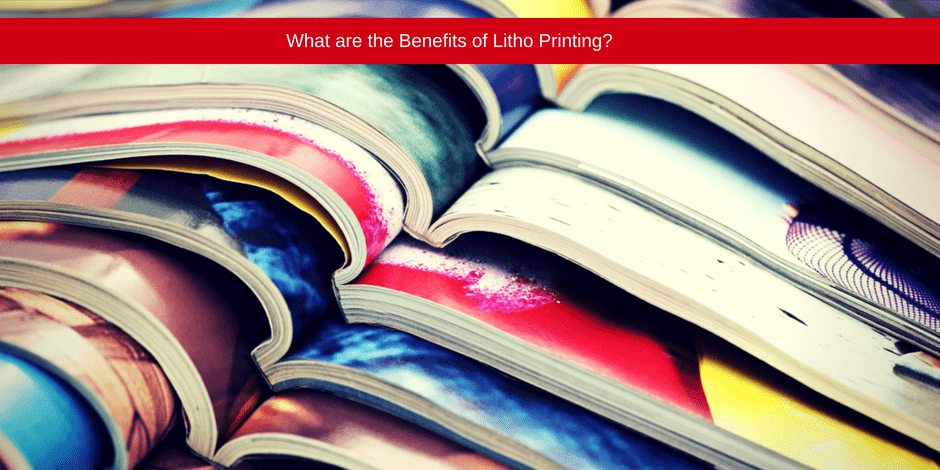A Comprehensive Guide to Understanding Litho Printing Methods
The globe of litho printing, a strategy originating from the late 18th century, is an interesting blend of history, advancement, science and art. Stay with us as we journey into the exciting realm of litho printing.
The Historical Development of Litho Printing
The historic trajectory of litho printing, a crucial advancement in the world of communication, is a fascinating story of human resourcefulness. Birthed in the late 18th century by Alois Senefelder, this technique was originally an affordable technique of releasing theatrical jobs. Lithography, derived from the Greek words for 'rock' and 'to write', utilized a smooth rock surface to transfer pictures onto paper. The process evolved with the introduction of the rotary press, which substantially enhanced efficiency (litho printing). In the 20th century, the advancement of balanced out lithography changed the market, permitting mass production of top notch prints. Each phase of litho printing's evolution showcases mankind's unrelenting quest of performance and top quality in visual communication.
Decoding the Scientific Research Behind Litho Printing Inks
Moving ahead in the exploration of litho printing strategies, the focus now shifts to the science behind litho printing inks. The make-up of these inks, their drying out process, and shade mixing strategies develop the backbone of this complicated art kind. Comprehending these elements is crucial to grasping the craft and achieving the preferred print outcomes.
Make-up of Litho Inks
In lithographic printing, the basic function of litho inks can not be overemphasized. The composition of litho inks varies depending on its objective, however usually, they include 2 main components - pigments and cars. Pigments, the color-providing elements, are carefully ground bits suspended in the vehicle, a fluid that lugs the pigment onto the printing surface area. The automobile is a complicated mix of oils, solvents, and materials, which affect the ink's drying time, bond, and gloss. Furthermore, different ingredients exist to enhance specific residential or commercial properties like circulation, drying out, and resistance to environmental effects. Each component plays a vital part in the final print's quality, making the precise formulation of litho inks a detailed science.
Ink Drying Refine
From the make-up of litho inks, focus turns to the fascinating procedure of ink drying out. The drying process is crucial, as it influences the last print's quality and long life. Two primary approaches are used in litho printing: oxidative drying out and absorption. Oxidative drying out involves the ink reacting with oxygen in the air to develop a tough, completely dry movie. This approach provides a long lasting surface, but can be slower contrasted to absorption. Absorption, on the various other hand, includes the ink seeping into the paper fibers, which is a faster process however can cause much less dynamic shades. The choice between these methods depends on factors such as print rate demands, the paper type made use of, and the desired coating.
Shade Combining Strategies
While the drying procedure plays an essential role in litho printing, the scientific research of color mixing strategies holds equivalent relevance. The scientific research behind litho printing inks additionally takes right into account the transparency of the ink, which impacts how colors overlay and mix.
The Art and Design Aspects in Litho Printing
Litho printing breathes life right into art and layout through its unique elements. The process entails developing a photo on a lithographic sedimentary rock plate or metal plate with a smooth surface area. The photo is after that published onto a medium, typically paper, by moving the ink from the plate. What sets litho printing apart is its capability to replicate elaborate layouts with high integrity, making the output practically the same to the original artwork. This is accomplished via using different line strategies such as hatching, stippling, and cross-hatching, which permit an array of tonal effects. Additionally, litho printing fits a variety of colors, making it possible for musicians to develop vibrant and dynamic prints. This combination of accuracy and flexibility makes litho printing a preferred option for numerous artists and designers.
Modern Applications of Litho Printing Strategies
Litho printing strategies have discovered substantial use in the modern commercial field. Its impact and significance remain to expand with the advent of brand-new innovations and modern technologies in the area. This area will discover these modern applications and the transformative role they play in the printing sector.
Commercial Litho Printing Utilizes
Litho printing remains a crucial component of the business market. High-volume navigate here printing tasks, such as the manufacturing of books, papers, and packaging, rely on litho printing for its capacity to deliver exceptional photo high quality and cost performance. Litho printing likewise supplies a wide shade spectrum, superior to that of digital printing.
Innovations in Litho Printing
Pushing the borders of conventional techniques, modern innovations have actually sustained a host of developments in litho printing. These innovations have not just improved the top quality and effectiveness web of litho prints yet also broadened its application extent. One prominent development is electronic litho printing, which incorporates the merits of electronic technology with litho's top quality outcome. This crossbreed version uses faster arrangement times, reduced waste, and makes it possible for on-demand printing. Another significant advancement is the intro of environmentally friendly inks. These inks, made from vegetable or soy-based solutions, have substantially decreased the industry's ecological effect. litho printing. Furthermore, the development of advanced plate technology has structured the printing procedure, causing sharper photos and improved shade fidelity. These developments emphasize the enduring relevance of litho printing in the modern-day globe.
Checking out the Process of Litho Printing: Step by Action

Challenges and Solutions in Contemporary Litho Printing

Regardless of the precision and practice that litho printing happily upholds, it is not without its set of modern challenges. One of the most common concerns include the high initial setup price, problem in printing variable information, and ecological issues because of chemical usage. Remedies are emerging as technology develops. Digital litho printing enables economical brief runs and simple modification, addressing the issue of variable data. Environmentally-friendly inks and much safer plate-making procedures reduce ecological issues. Additionally, advancements in automation have lowered labor costs, additionally democratizing the lithography process. Thus, while there are difficulties, the litho printing market is proactively adjusting to meet them head-on, guaranteeing its significance in the future.
Final thought
To conclude, litho printing, with its rich history and scientific details, holds a considerable location in the print industry. As the overview exposes, it's a synthesis of art and modern technology, with modern-day developments guaranteeing its importance. The industry encounters difficulties that call for cutting-edge Get More Information solutions, with a focus on automation and sustainability. The future of litho printing depends upon its capability to adjust to these changing demands, attesting its enduring value in a developing market.
